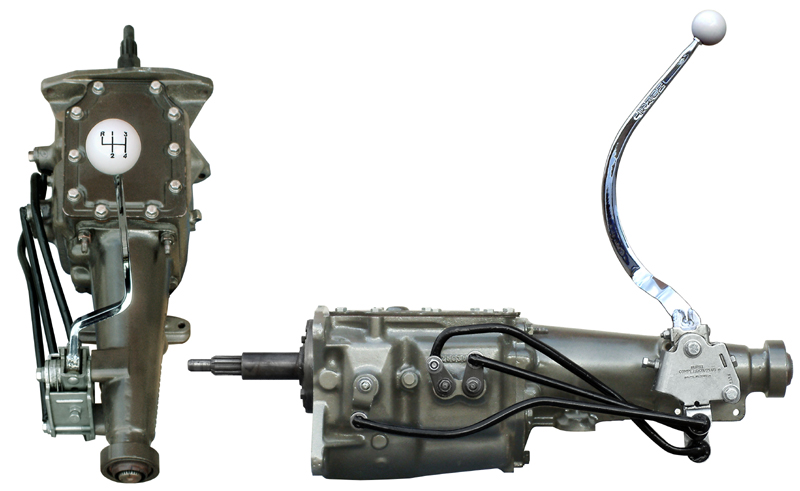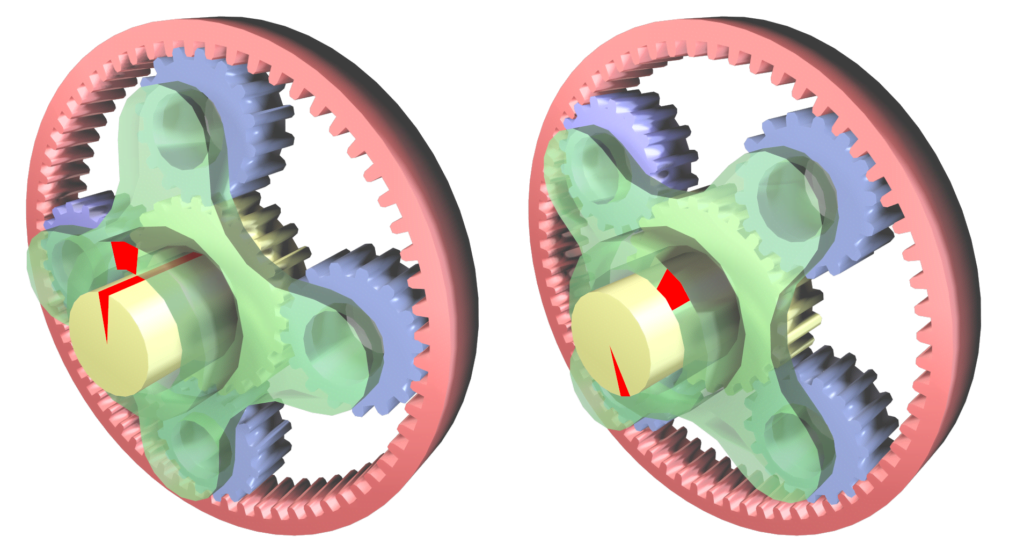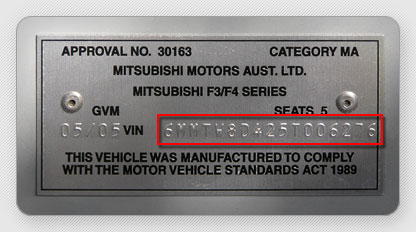What transmission does my car have? It is one of the most important questions you should ask when looking to buy an automobile. Whether you are seeking something new or used, the transmission of the car says a lot. It can also help a mechanic fix it sooner.

Credit: upload.wikimedia.org
What are the different types of transmissions? Does it vary depending on if the automobile is a car or truck? What are the advantages and disadvantages of each type?
Table of Contents
Kinds of vehicle transmission
There are two classic types of transmissions: automatic or manual.
Automatic transmissions have become the norm for new automobiles. However, if buying used you may still encounter a car with manual transmission.

Credit: en.wikipedia.org
Automatic transmissions are considered more convenient since you do not have to shift gears. They are also easier to drive because you do not have to start from a stop by using a clutch.
The primary types of transmissions that you will find in a new or used vehicle include:
● Traditional automatic transmission: Also known as a torque converter automatic, this kind is the most popular on the road. The transmission uses hydraulic fluid coupling or a torque converter to switch gears.
● Automated-manual transmission (AMT): Also known as a semi-automatic transmission, or by other less frequently used terminology. The automated-manual transmission uses a regular clutch along with gear configuration. Sensors and processors can also simulate manual gear shifting.

Credit: upload.wikimedia.org
● Continuously variable transmission (CVT): The most significant difference with CVT transmissions compared to its counterparts is it uses belts or pulleys instead of traditional steel gears. Therefore, the shifting is usually very smooth. Like automated-manual transmissions, they are known for being right on fuel.
● Dual-clutch transmission (DCT): Another hybrid one that uses manual and automatic components. Unlike traditional automatic transmissions, it has no torque converter. Instead, it features two different shafts with their clutches.
● Direct shift gearbox (DSG): Like a dual-clutch transmission, it features two different clutches that disengage alternately. Like DCT, it provides smooth acceleration and fast shifting.
● Tiptronic transmission: A less common type of transmission primarily used in high performance and sporty vehicles. It is sometimes referred to as a manumatic. It functions as a manual gearbox though with a torque converter instead of the standard clutch pedal.
How to check car transmission type?
There are a few different ways to suggest checking for car transmission types.
The first step is to decide if you got a manual gearbox, automatic transmission, or a hybrid of the two. If the vehicle was built before the 1990s, it’s likely standard manual or automatic.
If you have three pedals instead of two pedals you have a standard clutch. The three pedals represent the gas/accelerator, brake, and clutch.
Pedals in car

Credit: upload.wikimedia.org
You can also figure out if the car is manual if there is a shift stick in the center console. Most cars place their shift stick there though it could potentially be located on the dashboard next to the steering wheel as well.
If the vehicle only has two pedals and is older, you can almost guarantee it is a standard automatic. Some of the more specific types of automatic transmission, or hybrid transmissions, were not introduced in cars until the 2000s. It is especially true if the vehicle is not considered a luxury vehicle.
Also, while cars with an automatic transmission will have their shift bar or stick, it is usually located on the steering column. And the different gears will read things like R (for reverse) and D (for drive).
The driver may have a few different gears they can shift into (i.e., to a lower gear for mountain driving). However, for the most part, the different gears you can put the automobile in are basic.
Start by checking to see how many pedals are on the driver side of the vehicle. Also, check for a shift stick in the center console. Those are the two most straightforward ways to check the transmission type.
What transmission is in my truck?
Trucks, like cars, have got way more advanced in the 21st century. Though many of the more sophisticated hybrid transmissions were not available before the 90s, now they are far more common.
It is rarer to find a manual transmission in a truck that was built in the last 20 years. It just seems like auto manufactures just assumed people wanted automatic or hybrid options.
Hybrid transmission

Credit: upload.wikimedia.org
If the truck is far older than that, the chances are the truck has a stick. New trucks may operate on a hybrid system through those types of transmissions are more common in sports cars.
After checking for a clutch, you can check under the hood to see if you notice any pulleys or belts that may indicate the truck is using a more sophisticated drive system. However, belts are used for other parts of the vehicle, so that is not always indicative.
An excellent place to check is the owner’s manual if you do not know much about cars. Your vehicle should come with one if you purchased new. If you bought used (and the previous owner doesn’t have it) – check online.
Car manuals can get found online, and the book will post everything from the transmission type to how to operate it. The manual will contain a complete visual breakdown of what’s under the hood. It will also describe the working components inside the vehicle.
How to find out transmission type using VIN?
Unless the vehicle is old, you should be able to track down an owner’s manual, even if you have to spend some money. There are other options like finding the VIN.
The VIN is a serial number specific to your automobile. It contains a series of letters and numbers which may not make any sense to you. However, each number and letter is code for something.
The 17 character ID number will have a code for the transmission type. The VIN is usually located on a metal dash plate that can be seen from the outside of the windshield. It is generally on the driver’s side near the edge of the dashboard.
Vehicle identification number

Credit: upload.wikimedia.org
The VIN sometimes contains details about the transmission in its coding. For example, it may have an “A” for automatic or “M” for transmission. Different automobile manufacturers use different coding for the VIN, so this is not always consistent.
The transmission type is usually found in characters 4-8 of the VIN. These characters typically help explain the engine size of the automobile, body type, restraint system, GVWR and transmission. Therefore, we can check engine size by VIN number.
The problem is this is not universally consistent so you may stumble across a VIN that has incomplete details regarding a transmission type.
Newer model vehicles have more details in the VIN related to not only if the transmission is automatic or manual, but also specific type. Auto manufacturers have improved upon helping identify transmission types in recent years.
Conclusion
If all else fails to check with a mechanic, they are not able to immediately diagnose the transmission. They can at least get the VIN and look it up.
When you encounter transmission problems, you need to know more than just the year, make, and model. You also need to know the specific type of transmission because some makes and models feature multiple transmissions. A mechanic can help you figure this out.


